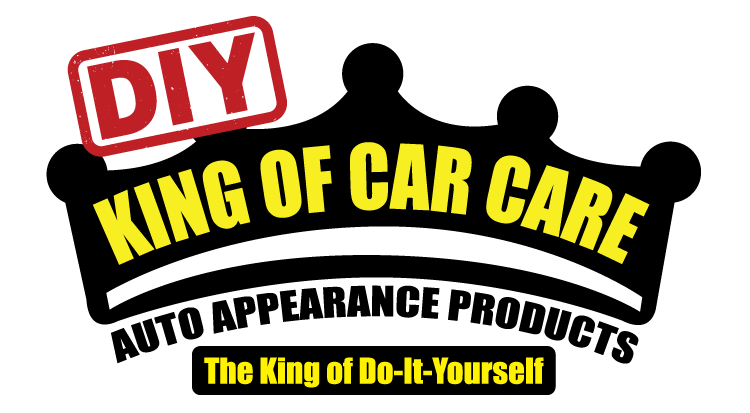Paul Massey, Collision Product Marketing Manager, Ford
On April 17th, 2014, Ford reveals more information with regards to its F-150 Aluminum truck. Up to this point there has been a great deal of posturing by nationwide body shops. There is a lot of confusion surrounding Fords new technology and most of it is on the subject of repairability. Ford will be releasing the 2015 F-150 trucks this coming fall and anticipate that it will be one of its biggest sellers. In an attempt to squash angry concern, Ford sent representatives to the Collision Industry Conference April 9th in Portland, Oregon, trying to enlighten collision repairers with the repair information they need to work with the military grade aluminum alloy.
Repairability
According to Ford, repairability and concern for whether this type of truck could even be built, were the number one factors when conceiving the idea back in 2009. Early in its conception, Engineers were gathered to discuss the design and any concerns with collision. So the basics are this; the high strength steel frame will be sectionable, with front stub, front third and rear third available sections for service. The key difference is that there will be separately serviceable front lower control arm mounting brackets. In addition, there are sectioning procedures for the floor pan, too, where you can section the floor pan skin in many areas and also section the floor pan crossmembers. Repairers will have a choice of two different repair methods: rivet bonding or welding. This truck, because of its crossmembers and sectionable frame, will create an opportunity for technicians at all levels to decide, based on skill set, which way they want to repair it. This also includes PDR Technicians that have been trained for this service. Fortunately for you, our PDR Technician graduates with this knowledge, which puts you at the cutting edge of history being made in the auto industry. Follow me to Part II to learn more.

